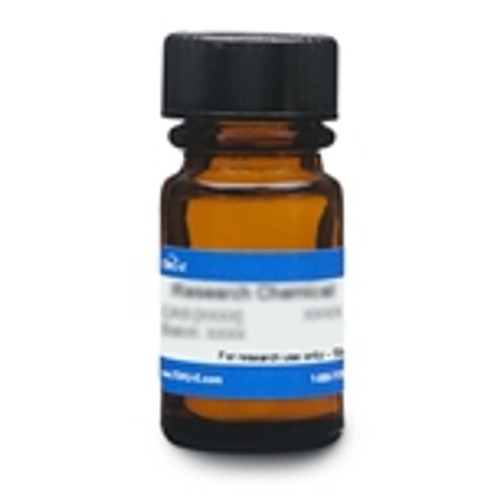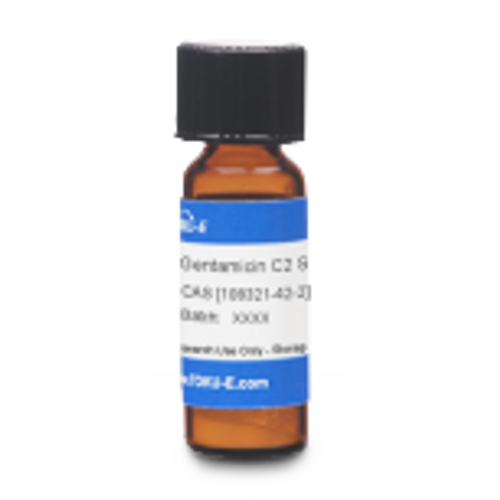Kanamycin A Sulfate, EvoPure® is the highly purified sulfate salt form of Kanamycin A. Kanamycin A is the major component of the Kanamycin complex, with minor components of Kanamycin B and C.
Kanamycin is a semi-synthetic, broad-spectrum aminoglycoside antibiotic. Kanamycin was isolated from the soil bacterium Streptomyces kanamyceticus in 1957 by Hamao Umezawa at the institute of Microbial Chemistry (Tokyo). Kanamycin inhibits protein synthesis in bacteria and Mycoplasma. It is used to select for transformants (bacteria, fungi, plant, mammalian) which have been successfully transformed with a plasmid containing a kanamycin resistance gene.
Kanamycin A Sulfate, EvoPure® is freely soluble in water. It is practically insoluble in ethanol, DMSO, acetone, chloroform, ether and ethyl acetate.
We also offer:
Kanamycin EvoPure® products are available as highly purified fractions (see Technical Data). Each compound is fully characterized by spectral analysis and a comprehensive C of A is provided which includes HPLC, MS, HNMR and FTIR data.








